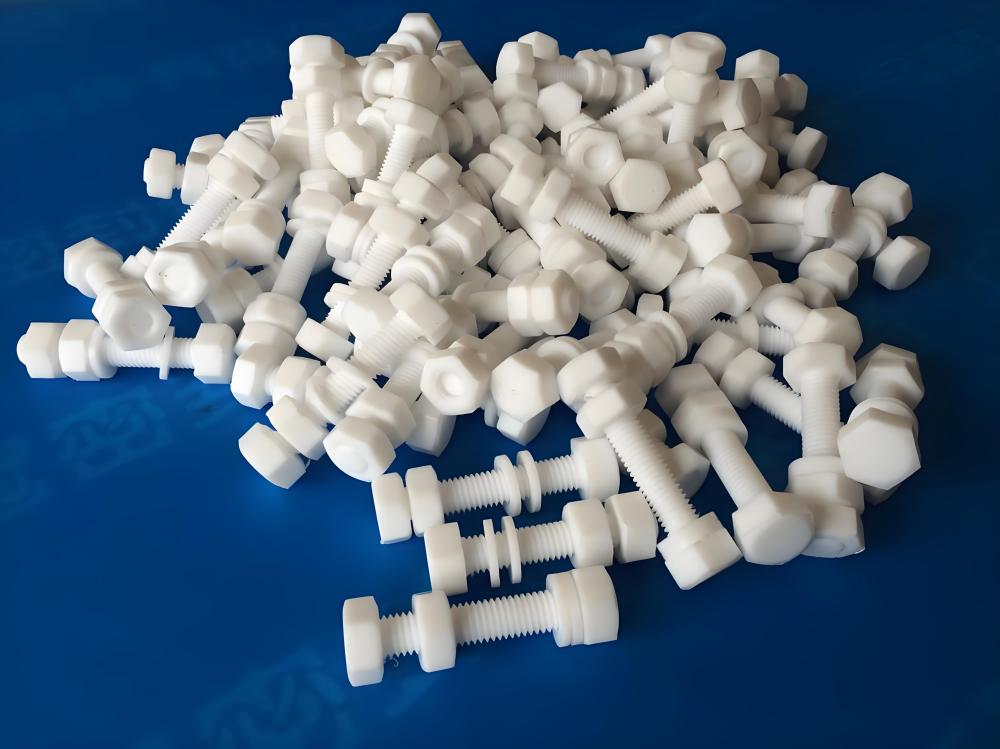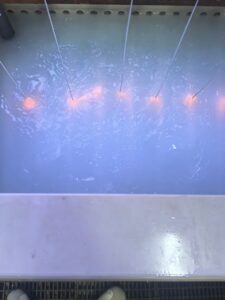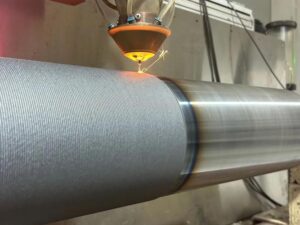Perfluoroalkoxy polymer, often referred to as PFA, stands out as a high-performance fluoropolymer that’s transforming industries worldwide. Known for its resilience in extreme conditions, this material offers a unique blend of durability, flexibility, and chemical resistance. Closely related to PTFE (Teflon), PFA brings additional advantages like easier processing, making it a top pick for manufacturers tackling complex projects. This blog takes a closer look at what makes PFA special, from its core characteristics to its real-world applications, offering insights for businesses and engineers seeking reliable material solutions.
What Is Perfluoroalkoxy Polymer (PFA)?
PFA, short for perfluoroalkoxy polymer, is a fluoropolymer that combines tetrafluoroethylene with perfluoroalkoxy vinyl ether. This composition gives it remarkable resistance to harsh chemicals, high temperatures, and wear, setting it apart in industries like chemical processing, electronics, and medical manufacturing. Unlike its cousin PTFE, PFA is melt-processable, meaning it can be molded into intricate shapes, offering greater design flexibility for precision components.
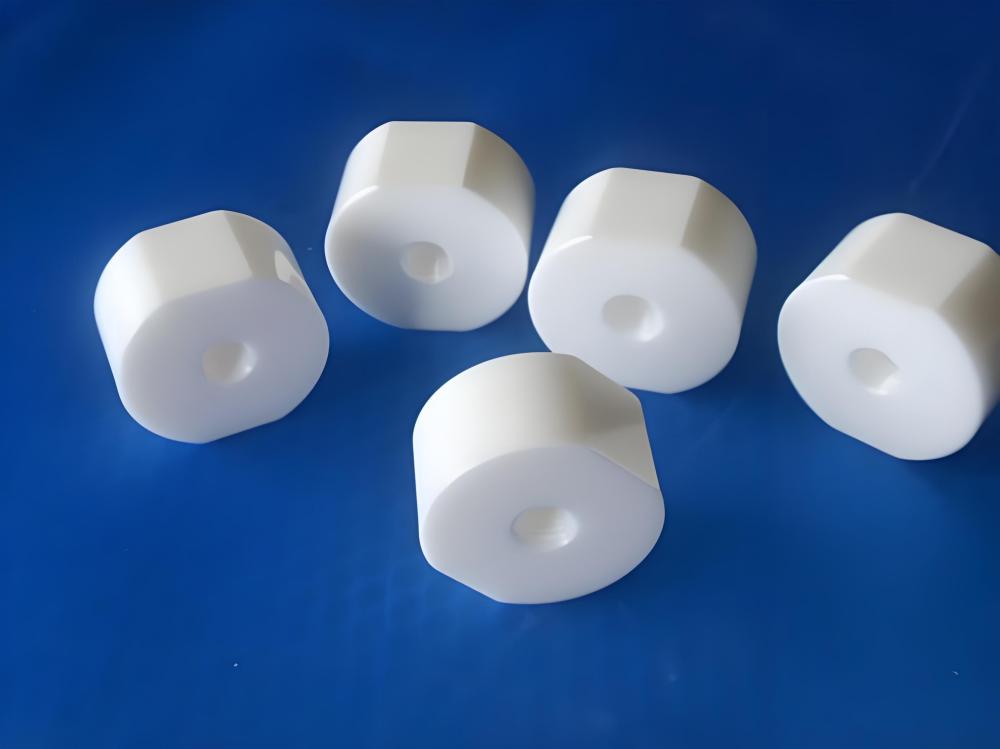
This material thrives in environments where other polymers might fail. Its ability to withstand corrosive substances and extreme temperatures makes it a go-to for applications requiring long-term reliability. From tubing in chemical plants to insulation in high-tech electronics, PFA’s versatility is unmatched, making it a critical player in modern manufacturing.
Properties of Perfluoroalkoxy Polymer
PFA’s standout qualities come from its unique mechanical and physical properties, which make it a favorite for demanding applications. Below, we break down these characteristics to highlight why PFA is so effective.
Mechanical Properties of PFA
- High Tensile Strength: PFA can handle significant stress without deforming, ensuring durability in high-pressure environments like industrial pipelines.
- Flexibility at Low Temperatures: Unlike some fluoropolymers that turn brittle in cold conditions, PFA remains pliable even at -200°C (-328°F), ideal for cryogenic applications.
- Low Friction: With a slick surface, PFA reduces wear in moving parts, extending the lifespan of components in machinery or valves.
- Creep Resistance: PFA resists deformation under constant stress, maintaining its shape and performance over time, even in challenging settings.
Physical Properties of PFA
- Chemical Resistance: PFA stands up to acids, bases, solvents, and other aggressive chemicals, making it perfect for corrosive environments like chemical processing plants.
- Thermal Stability: Capable of enduring temperatures up to 260°C (500°F), PFA maintains its integrity in high-heat applications, such as aerospace components.
- Non-Stick Surface: Its smooth, non-adhesive surface prevents buildup, simplifying cleaning in food processing or medical equipment.
- Electrical Insulation: PFA’s high dielectric strength makes it a top choice for insulating wires and cables in electronics, ensuring safety and reliability.
- Low Permeability: PFA resists gas and liquid absorption, protecting sensitive systems from leaks or contamination.
- Transparency in Thin Films: In certain forms, PFA is nearly transparent, a rare trait for fluoropolymers, useful in lab equipment or optical applications.
These properties make PFA a powerhouse material, balancing strength, flexibility, and resistance in ways that few other polymers can match.
What Are the Types of Perfluoroalkoxy Polymer?
PFA comes in several variations, each designed to meet specific industry needs. These types differ in molecular weight, additives, and flow characteristics, tailoring their performance for unique applications. Common PFA variants include:
General-Purpose PFA
A versatile option for applications like tubing, linings, and fittings, offering a balanced mix of strength and chemical resistance.
High-Purity PFA
Engineered for ultra-clean environments, such as semiconductor manufacturing or pharmaceutical processing, where contamination must be avoided.
Reinforced PFA
Enhanced with fillers like glass or carbon fibers, this type boosts mechanical strength for heavy-duty uses, such as industrial seals.
Low-Flow PFA
With a higher molecular weight, this grade provides superior toughness and is often used in high-stress industrial components.
Choosing the right PFA type depends on the project’s demands, whether it’s purity, strength, or processability that takes priority.
Applications of Perfluoroalkoxy Polymer Material
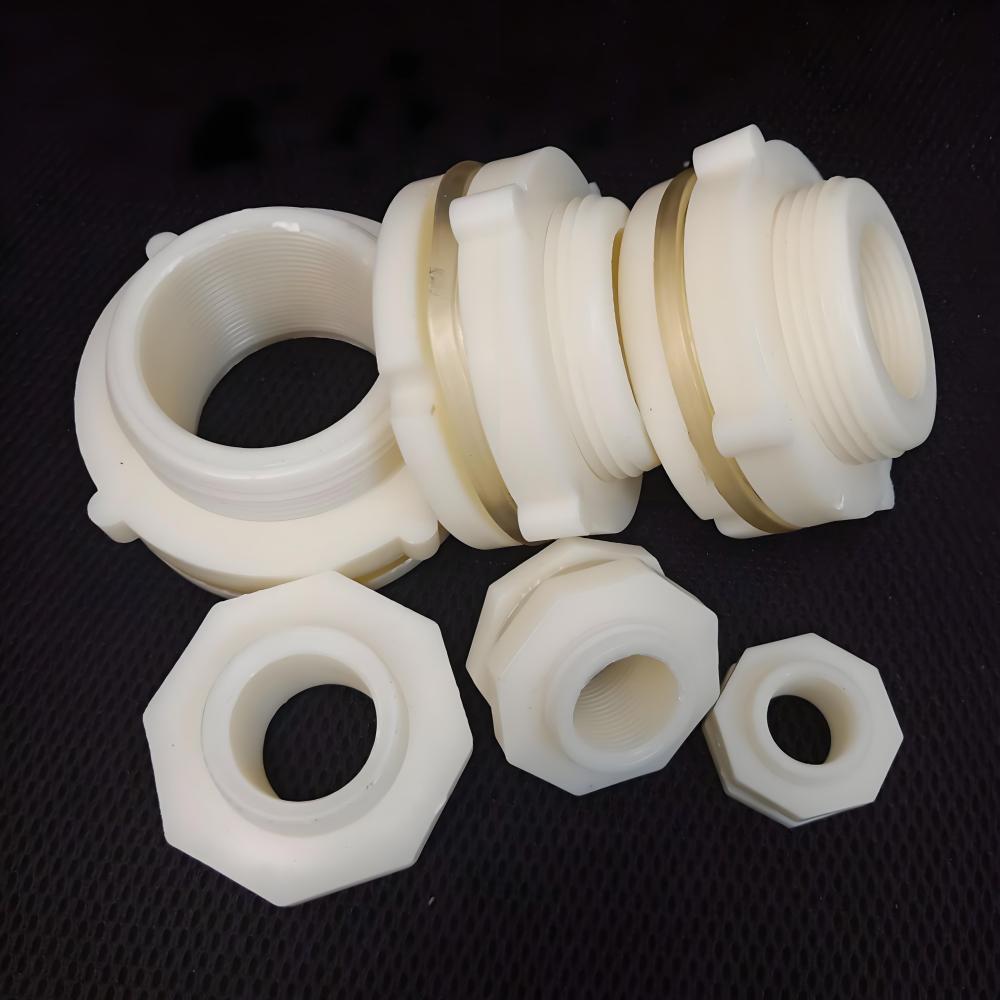
PFA’s adaptability shines across a range of industries, where its ability to handle extreme conditions makes it indispensable. Here are some key areas where PFA is making an impact:
- Chemical Processing: PFA lines pipes, valves, and tanks, protecting them from corrosive chemicals and ensuring safe, reliable operations.
- Electronics Manufacturing: Its excellent insulation and heat resistance make PFA ideal for wiring, cable coatings, and semiconductor equipment.
- Medical Devices: PFA’s biocompatibility and chemical inertness are perfect for tubing, catheters, and other sterile medical components.
- Aerospace and Automotive: PFA’s durability in high-heat and high-pressure environments suits it for fuel lines, gaskets, and insulation in vehicles and aircraft.
- Food Processing: Its non-stick, easy-to-clean surface ensures hygiene in food and beverage equipment, meeting strict safety standards.
These diverse applications show how PFA’s unique qualities solve real-world challenges, from enhancing safety to improving efficiency.
Advantages and Disadvantages of PFA
While PFA is a top-tier material, it’s worth weighing its strengths against its limitations to make informed decisions.
Advantages of PFA
- Unmatched Chemical Resistance: PFA handles aggressive chemicals with ease, ensuring longevity in harsh industrial settings.
- Broad Temperature Range: From freezing cold to scorching heat, PFA performs reliably, making it versatile for extreme conditions.
- Non-Stick and Low-Friction: Its slick surface reduces maintenance and wear, ideal for dynamic or sanitary applications.
- Moldability: PFA’s melt-processable nature allows for complex designs, giving engineers more creative freedom.
- Superior Insulation: Its electrical properties make it a go-to for high-performance electronics and wiring.
Disadvantages of PFA
- Costly Investment: PFA’s advanced properties come at a higher price than other polymers, which may impact budget-conscious projects.
- Not as Strong as Metals: While robust for a polymer, PFA can’t compete with metals in extreme mechanical load scenarios.
- UV Sensitivity: Without protective coatings, PFA may degrade under prolonged UV exposure, limiting its outdoor use.
Despite these trade-offs, PFA’s benefits often make it the best choice for specialized applications where reliability is non-negotiable.
Why PFA Is a Game-Changer for Modern Manufacturing
Perfluoroalkoxy polymer is more than just a material—it’s a solution for industries pushing the boundaries of innovation. Its ability to resist chemicals, withstand extreme temperatures, and offer design flexibility makes it a cornerstone of advanced manufacturing. Whether you’re crafting components for cutting-edge electronics or ensuring safety in chemical plants, PFA delivers performance you can trust.
For businesses looking to harness PFA’s potential, partnering with a skilled machining provider is essential. Precionn, a global leader in precision machining, specializes in creating high-quality components tailored to international standards. With a focus on innovation and excellence, Precionn empowers companies to leverage advanced materials like PFA for their next big project.

